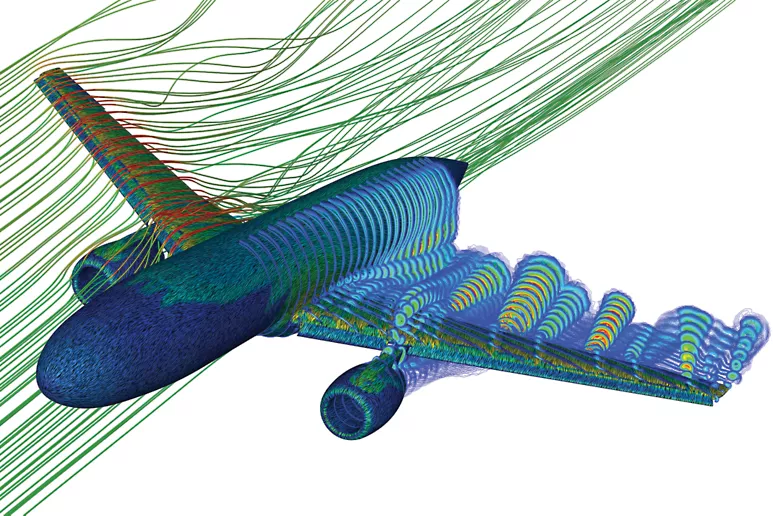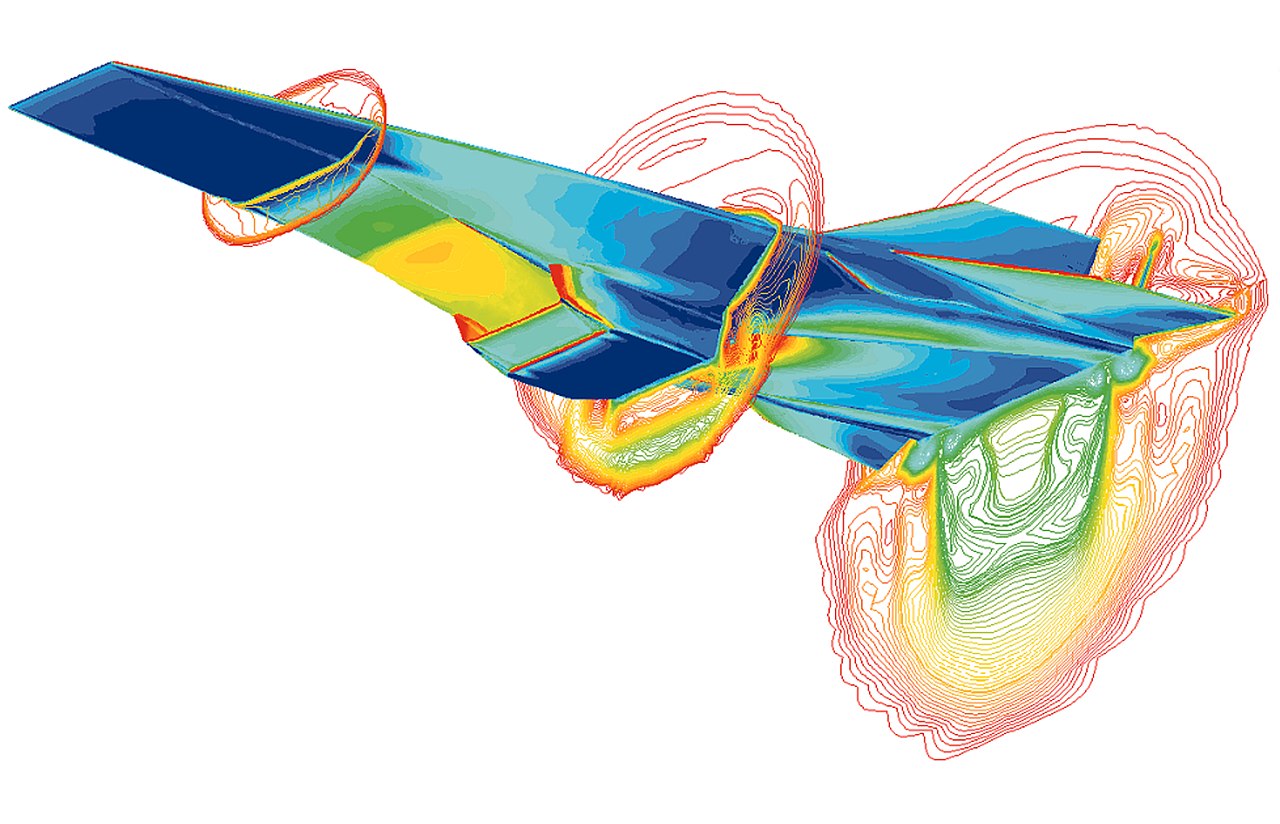Computational fluid dynamics, or CFD, is a field of study that examines complex airflows over surfaces, like wings. It’s one of the cornerstones of modern aviation. Every single aircraft today has undergone rigorous testing in CFD software before even being built. But can we apply this powerful tool to sustainability?
Engineers do this quite often. As established in previous articles, drag causes emissions. However, many CFD programmers are muddled with regulations that each design must follow. In addition, these tools are hard to learn. So, for aspiring sustainability advocates who are interested in aviation design, it seems that CFD is actually an obstacle more than a resource.

What can we do to change this? AI can actually be a very useful tool in creating 3D models. In addition, using generative AI, we can actually change the user interfaces for many CFD softwares to make it more accessible. CFD does require a lot of computer power, which most people do not have access to. To fix this, many companies have created programs that run on the cloud, making any device have the necessary specs to test designs. Finally, there’s no use to CFD if we can’t explain it to people who aren’t fluent in the intricate details of aviation production. Therefore, using VR headsets or immersive models, we can showcase airflow and its impact on drag and sustainability to all.
CFD is a powerful yet complicated tool. If we make it more accessible, it is certain that innovation will exponentially grow. I hope that in the future, CFD is less of a resource for the educated and more publicly accessible.
